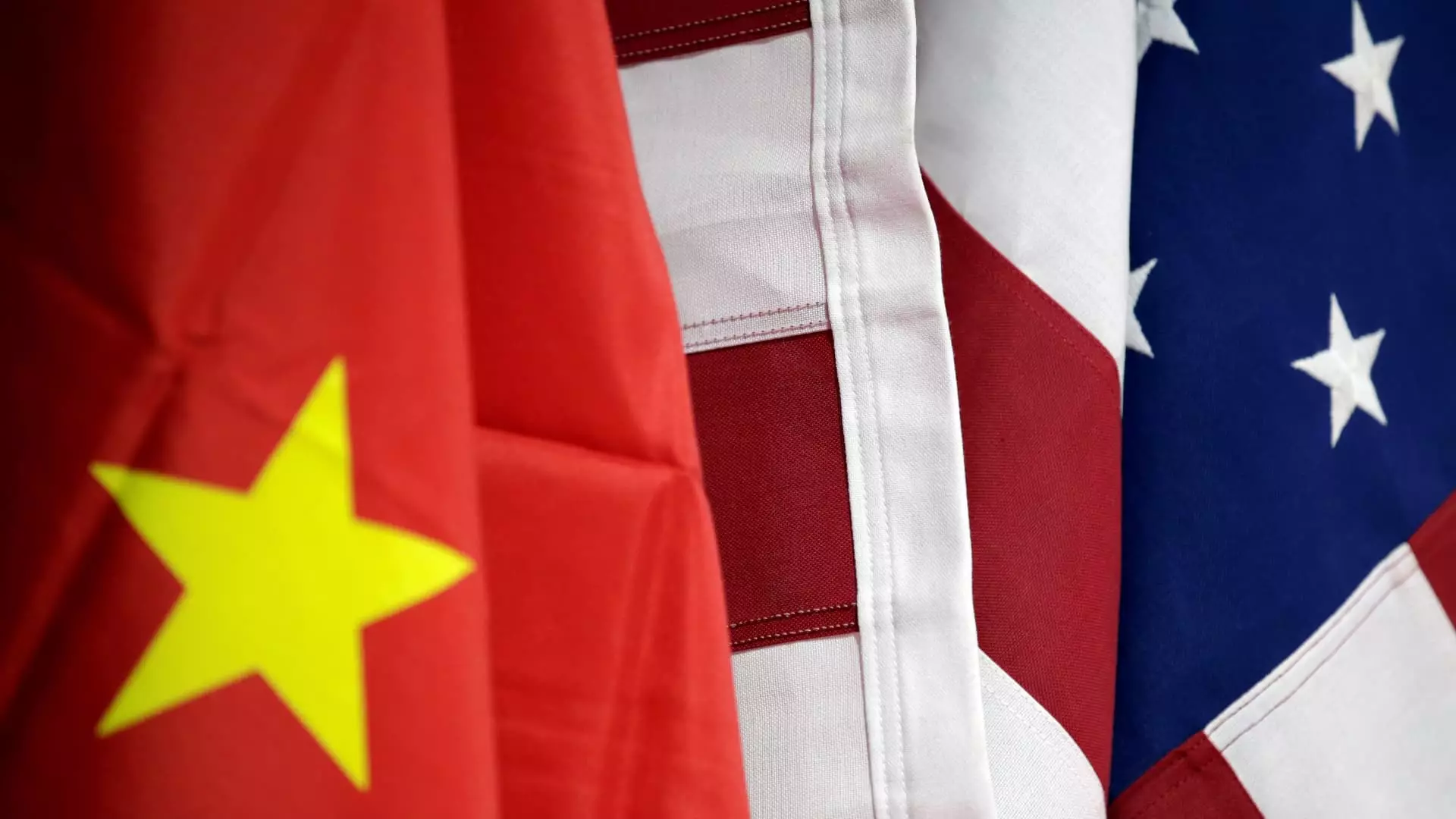JD Vance, the newest running mate of U.S. presidential hopeful Donald Trump, made a bold statement on China during his first speech at the Republican National Convention. He emphasized the need to protect American workers’ wages and prevent the Chinese Communist Party from exploiting the labor of American citizens to build their middle class.
Vance’s approach to China is centered around the idea of bringing back more factories to the U.S. and imposing restrictions on foreign workers. These actions, he believes, are essential to safeguarding the economic interests of American workers. However, while Vance articulated a strong position, he did not specify the exact measures he plans to take against China.
As a former critic of Trump, Vance gained recognition for his book “Hillbilly Elegy,” which sheds light on the economic consequences of outsourcing manufacturing jobs from the U.S. to other countries. His proposed legislation focuses on promoting gas and hybrid-powered cars manufactured in the U.S. while eliminating electric car subsidies.
Meanwhile, China has been steadfast in its efforts to advance its manufacturing capabilities, aiming to significantly expand its middle-income population by 2035. With a population of 1.4 billion, China dwarfs the U.S., but lags behind in terms of per capita income. The per capita disposable income of China’s middle-income group is considerably lower than that of the U.S., despite the country’s growing number of upper-middle and high-income households.
While China’s economic landscape is evolving, the U.S. continues to grapple with its own challenges. The median income of the American middle class was $106,100 in 2022, yet the percentage of middle-class individuals has dwindled over the years. In contrast, the share of upper-income Americans has expanded, highlighting the growing economic disparity in the country.
Vance’s speech not only targeted China’s economic policies but also criticized Wall Street and the influx of “cheap foreign goods” into the U.S. market. He went as far as attributing the fentanyl crisis to China, underscoring the importance of reevaluating the country’s trade relationship with the global superpower.
Trump’s strategy of imposing tariffs on Chinese imports further complicates the economic dynamics between the two countries. He has hinted at the possibility of increasing tariffs to 60% if he secures a second term as president. The Biden administration has largely maintained the existing tariffs imposed by Trump, signaling a bipartisan consensus on addressing trade imbalances.
In a compelling statement, Vance suggested that China, rather than the conflict in Ukraine, poses the most significant threat to the U.S. This shift in focus highlights the escalating tensions between the world’s two largest economies and the urgent need to reexamine trade policies and diplomatic relations moving forward.

Leave a Reply